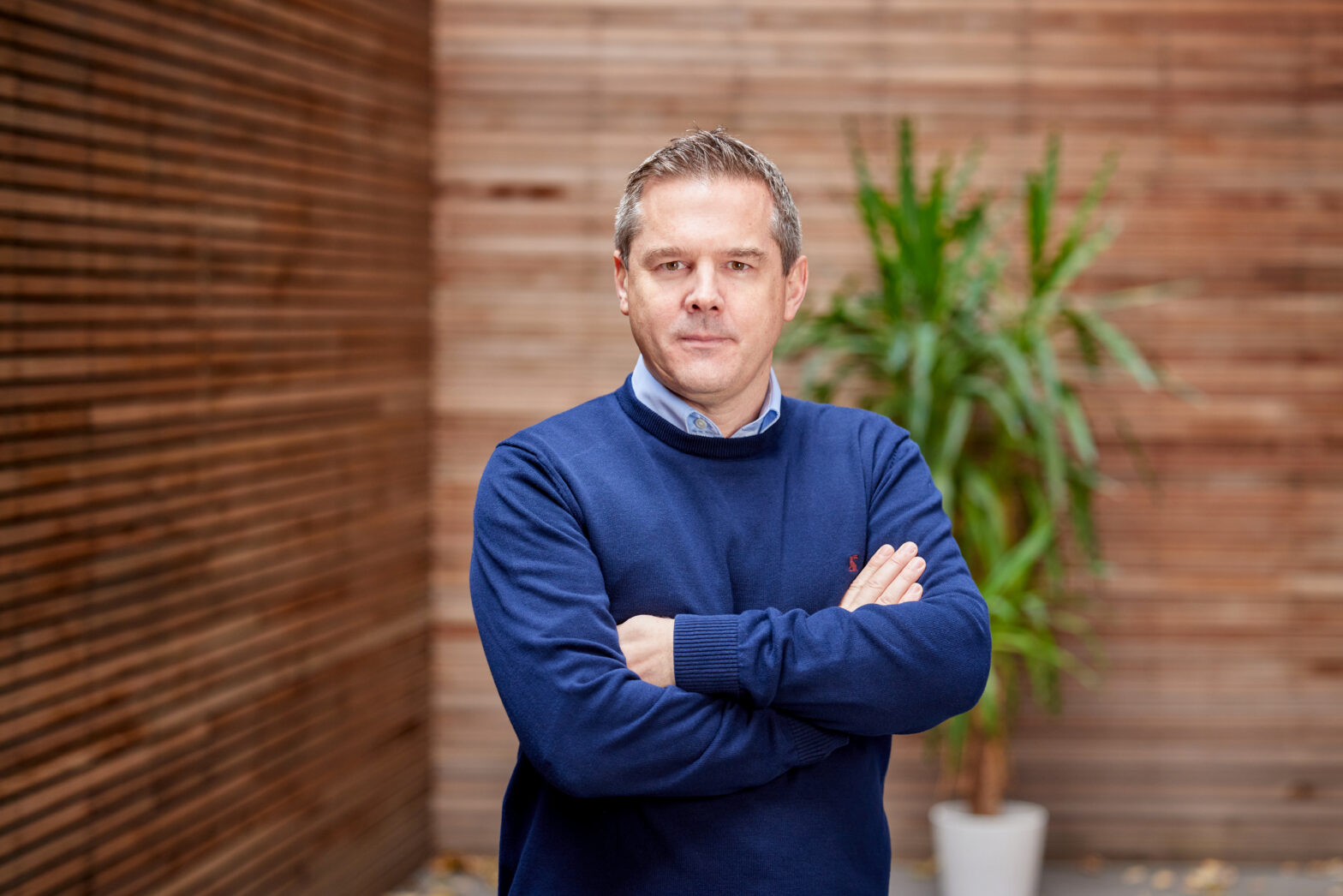‘Venture capitalists go through a continuous winnowing process, which I refer to as: “Shoot the wounded, eat the dead.”’
Meet John Scott, the founder and CEO of XL TechGroup (XLTG), an incubator which for the past 14 years has specialised in nurturing companies in the biotech, ecotech and medtech sectors by rejecting tried and tested business funding models for a fresh approach.
Scott fires another salvo: ‘Venture capitalism is not about managing companies to success; it’s managing risk across a portfolio of companies, and that’s a very different beast.
‘It’s like spread betting except that VCs can move their bets depending on which business is progressing according to the business plan.’
It’s a view that Scott’s arrived at after going down the VC route for his first two ventures in the early 80s. Initially, he thought he’d chosen the wrong VC, then he came to the conclusion that the entire funding model was ‘more painful than it needed to be’.
Both businesses were finally exited via trade sales. What he found was that the respective VCs’ emphasis on the business plan stymies development, especially in the technology sector.
Scott’s knowledge in this area is better than most. In 1975, he received a dual-programme PHD in physics and astrophysics from the University of Arizona. He went on to lecture and act as a consultant for a number of governments who were part of the Northern Atlantic Treaty Organisation (NATO), including the US.
It was the latter work that opened his eyes to a bigger world. ‘Academia suddenly seemed boring to me,’ he says. So he became chief scientist of a listed entity and then departed after a year and a half to go it alone.
One size doesn’t fit all
For Scott, a company on its way up will never stick to a set point by point plan. ‘The model is a good one for VCs but it’s flawed and inherently inimical to entrepreneurs,’ he says.
‘If you’re specialising in disruptive technology, by definition the market and the response to what you’re doing is going to be on the move.
‘The better the technology is, the more the business plan will need to be refined and altered because you’re changing the market. It’s a moving target.’
In 1993, he set up XLTG and turned the standard funding model on its head. Scott explains: ‘We don’t start with a single technology. Most entrepreneurs will invent a technology that they fall in love with and then spend their lives trying to jam it some place in the market. That’s the hard way.’
According to Scott, XLTG differs from the competition in providing technology for unmet needs in the market. This is done by forming partnerships with corporations like Johnson & Johnson, Motorola, Kraft and BT.
Current XLTG companies include PetroAlgae, which is commercialising new technologies to grow and harvest oil from algae, AgCert International, which specialises in products that reduce greenhouse gas emissions, and TyraTech.
‘The idea is that large companies are good at doing incremental technology improvements, such as releasing updated models, but they’re poor at making big changes,’ he notes.
‘Their structure is wrong. Every major corporation around the world has an outsource innovation office where they partner firms like us.’
The objective for XLTG is to find the solution. Scott continues: ‘We go where we think the technology may be. Seventy-five per cent of what we get comes from universities, while around 20 per cent comes from other tech companies that are using the technology we want to apply in a different area. Five per cent comes from government labs.’
Unlike a spin out, XLTG purchases only the technology, often by offering an equity stake in the company that is about to be set up. It’s then a case of putting a developmental CEO in place for 18 months to grow the company.
‘We have different kinds of CEOs because in the first 18 months you need someone who has excellent change and risk management skills. After that period, you want a person who can scale the business,’ he says.
This specialist approach has paid off handsomely. Since its inception, XLTG has made a success of nine companies (five have been IPOs and four trade sales), creating a market value of approximately £2 billion. The success rate for XLTG is, states Scott, 81 per cent. He observes that for VCs, the conversion is closer to 20 per cent. Given this performance, it seems odd that Scott is nurturing companies over here (XLTG is listed on AIM) rather than taking advantage of innovation in the US. The answer lies with the US Securities & Exchange Commission (SEC) and the naughty 90s of corporate America.
US straitjacket
The structure of XLTG as an incubator puts it into the category of an investment club, such as a mutual fund. The SEC deemed that for such a body to be listed in the US could create conflicts of interest. In the late 90s, the commission decided to regulate incubators under the Investment Company Act of 1940 – much to the bemusement of Scott.
‘The act is supposed to regulate mutual funds and [the SEC] doesn’t really explain why we’re classed as one,’ he says, adding that there were around 20 listed incubators in the US but now only a couple remain.
If XLTG operated in the US, the act would be too constricting, Scott remarks, adding: ‘We’d be limited as to the ownership positions that we can and must have in our subsidiaries. There’d be very little freedom to negotiate, sell and buy.’
That said, he notes that the UK market – AIM specifically – is serving XLTG well and Scott’s looking forward to nurturing and funding more companies.
He says: ‘I do this because I love doing something new and exciting everyday. We also have a lot of fun and make a pretty decent living too.’
See also: Embracing the UK’s accelerator and incubator programmes – a Anx Patel, CEO and founder of GoKart on how accelerators and incubators can help businesses scale quickly.






